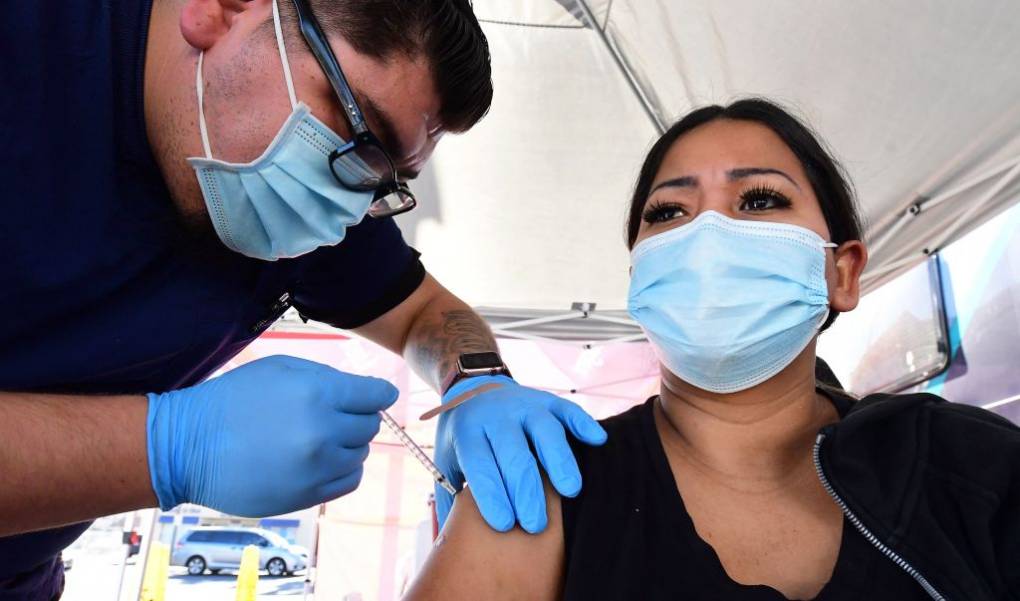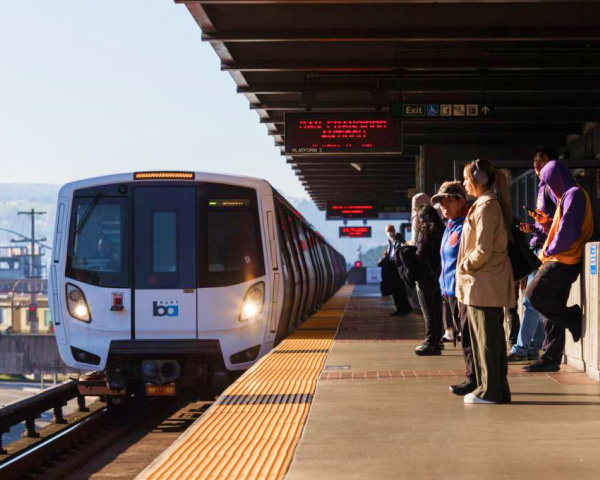Santa Clara County will require health care workers in high-risk settings to get COVID-19 boosters, and to get them sooner than a statewide mandate issued by Gov. Gavin Newsom last week, officials announced Tuesday.
Last week, Newsom announced that nearly all of California’s roughly 2.5 million frontline health care workers must receive a COVID-19 booster shot by Feb. 1. Santa Clara County’s order goes into effect on Jan. 24, and will apply to more workers than the state’s.
At the Tuesday press conference, Santa Clara County Public Health Officer Sara Cody said a surge in omicron variant infections drove the decision to order the mandate.
“Since the last time we spoke, which was just less than two weeks ago, I warned of a deluge of omicron,” Cody said. “Today, unfortunately, that deluge is here.”
COVID-19 cases among the unvaccinated are higher now in Santa Clara County than last August’s surge. While 81% of county residents are vaccinated, and 52% have gotten a booster dose, Cody said the high spread of omicron meant a possibility for hospitals here to become overwhelmed soon — making even the “breakthrough” cases in vaccinated people a problem for hospitals.
“Even if a small portion ends up needing a hospital bed, it could still end up being a lot of people, because the portion of cases is quite large,” Cody said.
The order, she added, is “to protect our health care system.”


